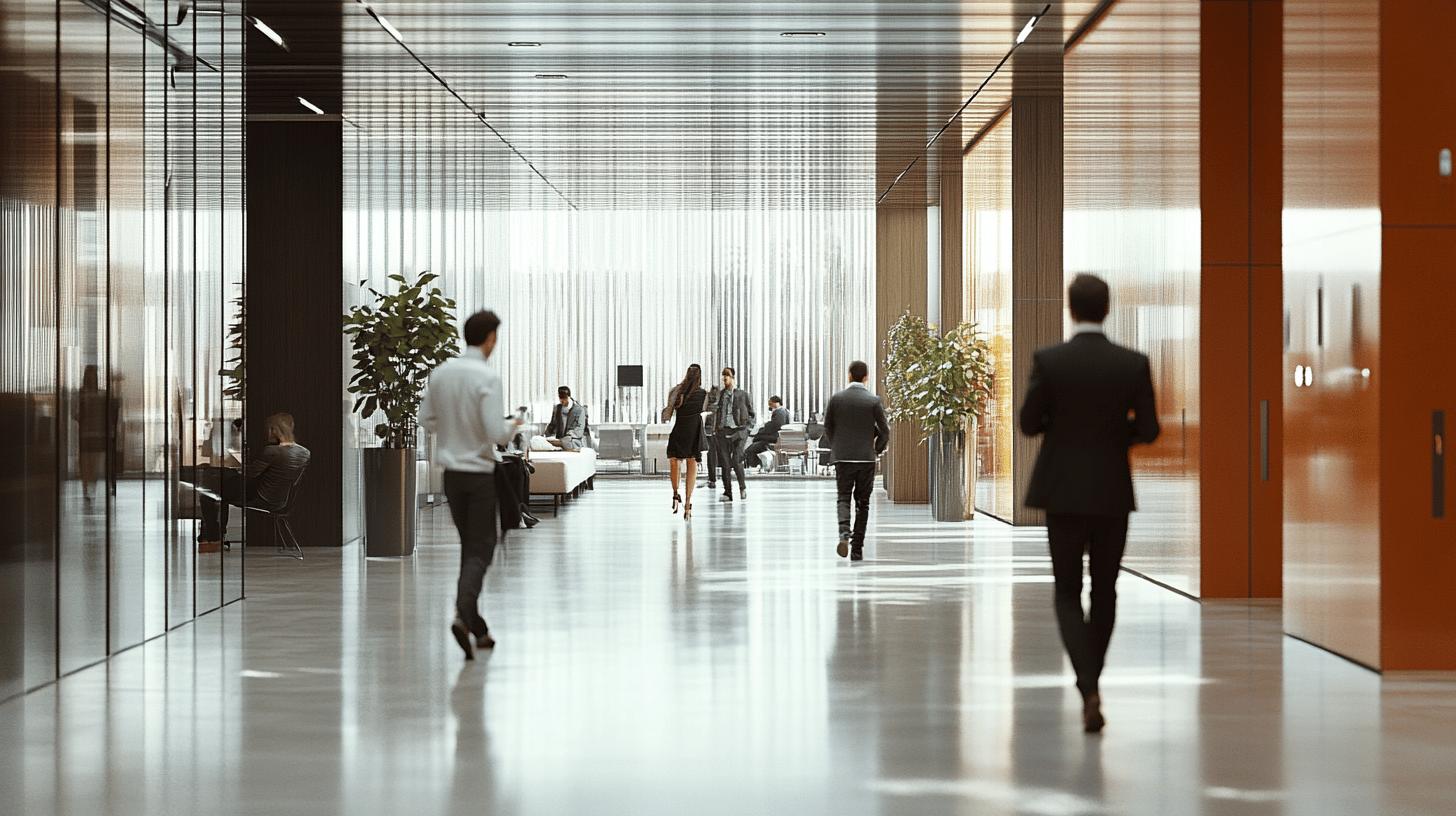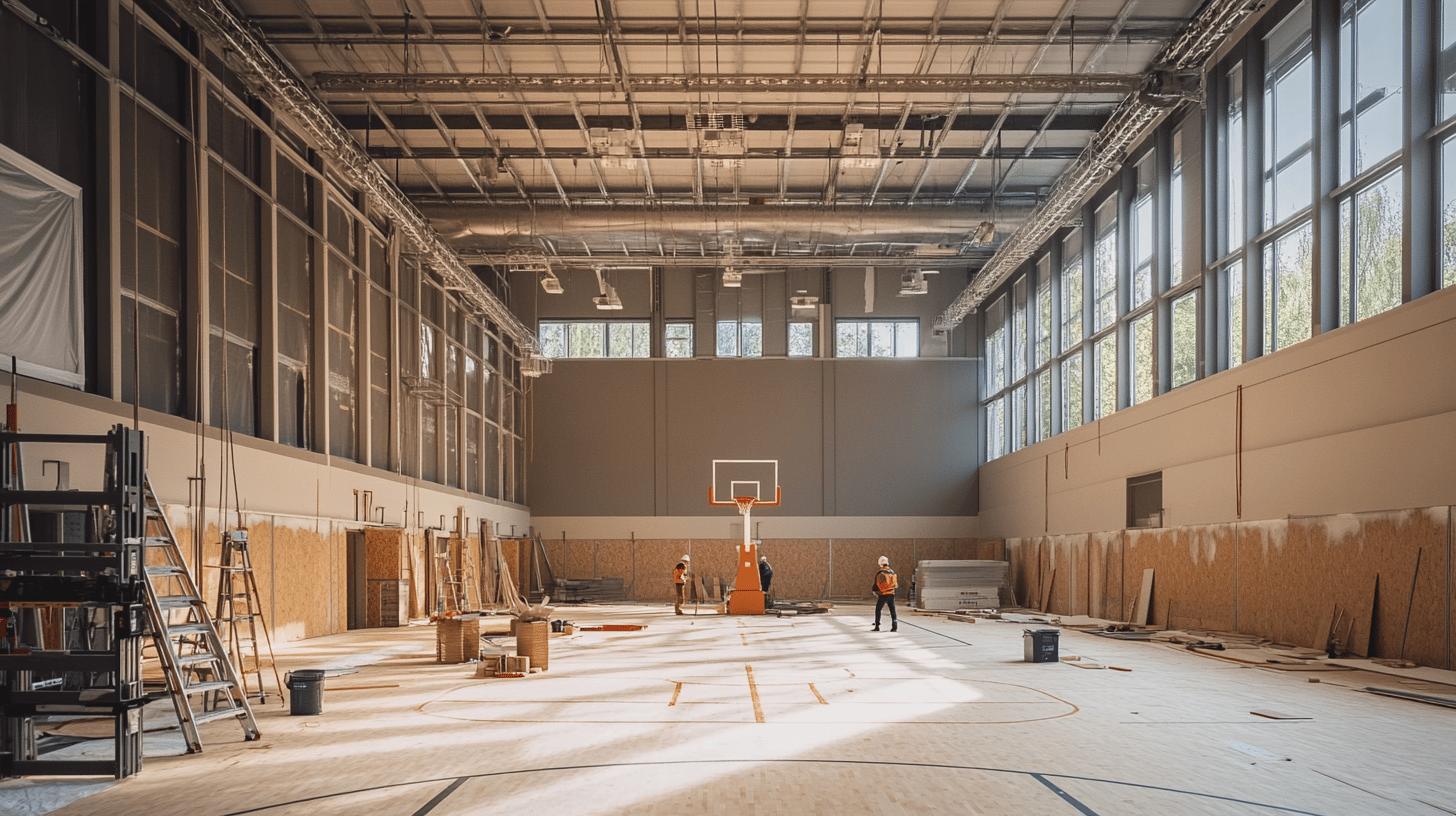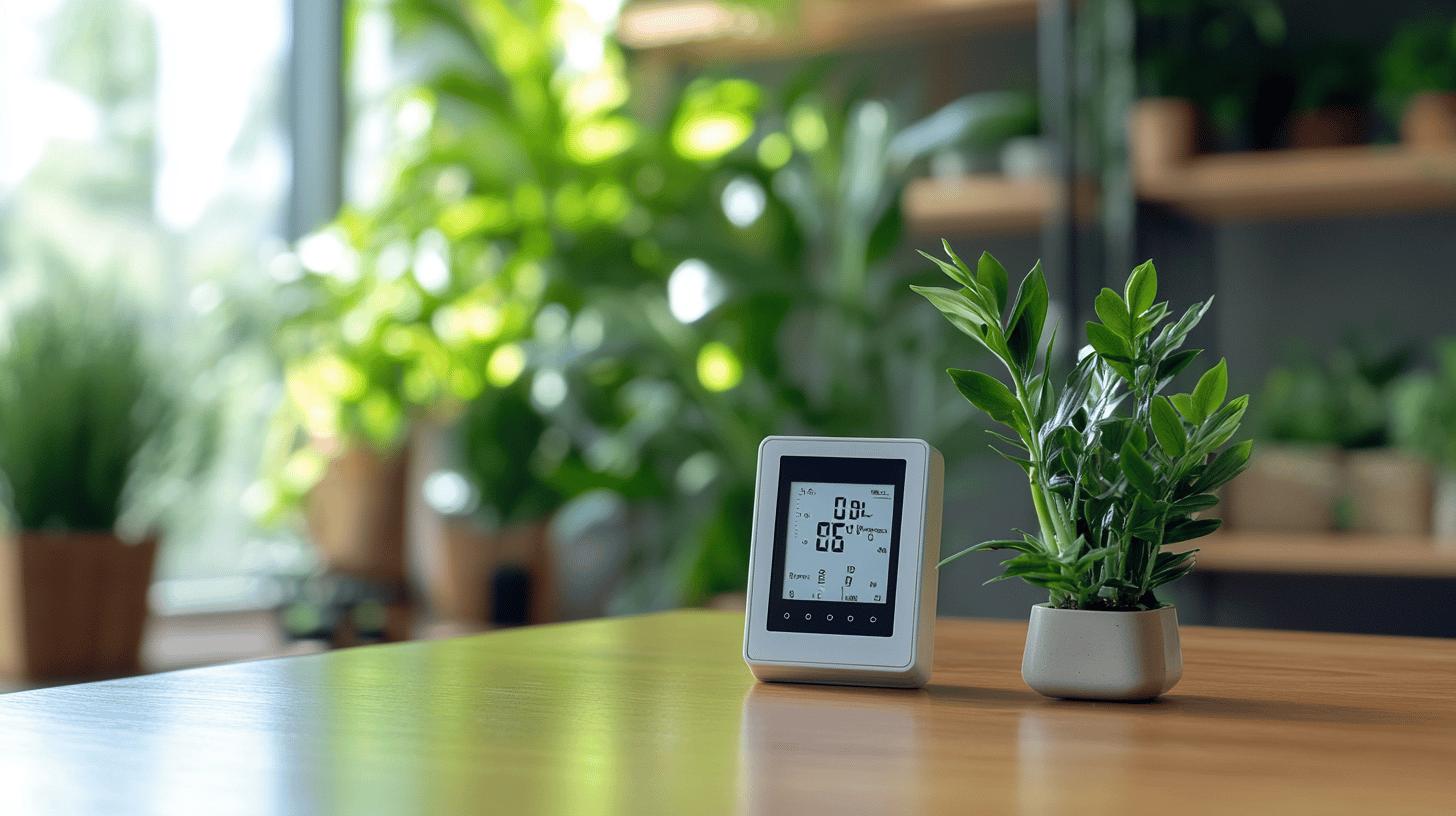What distinguishes an exceptional sports floor from the rest? It’s more than just aesthetics; high-quality sports flooring is instrumental in enhancing athlete performance and safety. With every bounce, jump, and sprint, the floor must seamlessly support athletes, minimising the risk of injury while providing unparalleled comfort. With today’s demand for durable, long-lasting options in indoor sports flooring, understanding the key features—such as durability, comfort, and safety—becomes critical for facility managers. Dive into the article to explore what makes a sports floor truly stand out and how it can elevate the sporting experience.
Understanding High-Quality Sports Floors: Key Features
High-quality sports floors significantly enhance performance and safety in athletic environments. They provide a stable and responsive surface that supports athletes, reducing the risk of injuries caused by slips, falls, or joint impacts. A well-designed flooring system improves competitive play by offering consistent ball bounce and traction, crucial for sports such as basketball and indoor football. Furthermore, the comfort provided by these floors allows athletes to focus on their performance without discomfort, thereby promoting prolonged and more effective training sessions.
- Durability
- Comfort
- Safety
- Performance
- Aesthetic Appeal
In indoor sports facilities, these features are paramount. Durability ensures the floor withstands the rigours of high-traffic areas, reducing the need for frequent replacements or repairs. Comfort and safety are intertwined, allowing athletes to perform at their peak without the risk of injury. Performance characteristics, such as optimal traction and ball response, are crucial for maintaining the integrity of the sport. Lastly, aesthetic appeal contributes to the facility’s overall environment, attracting spectators and participants alike while also reflecting the professionalism and quality of the venue.
Material Selection: Wood vs. Synthetic Sports Flooring
Selecting the right material for sports flooring is crucial for optimising performance and longevity. The choice between wooden and synthetic options influences maintenance requirements, durability, and the overall experience within a sports facility. Understanding the benefits and limitations of each material allows for informed decisions that align with the specific needs of the facility and its users.
Wooden Sports Floors
Wooden sports floors, particularly those made from maple hardwood, are renowned for their excellent playability and versatility. Maple is a preferred choice for sports like basketball due to its consistent ball bounce and optimal traction, which enhances gameplay and athlete safety. Wood’s natural warmth and aesthetic appeal also make it attractive for venues aiming for a classic and professional appearance. However, while wooden floors offer superb performance characteristics, they require regular maintenance to preserve their condition. This includes periodic sanding and refinishing to address wear and tear, ensuring the surface remains safe and visually appealing.
Synthetic Sports Flooring
Synthetic sports flooring, such as polyurethane, offers exceptional durability and low maintenance, making it ideal for facilities with heavy foot traffic and diverse activities. These materials provide excellent shock absorption and slip resistance, reducing athlete injury risks. Synthetic options are also resistant to moisture and staining, further minimising upkeep. The versatility of synthetic flooring allows it to accommodate multiple sports, making it a practical choice for multi-use facilities. Despite their benefits, synthetic floors may lack the traditional aesthetic of wood, which could be a consideration for some venues seeking a classic look.
Selecting the appropriate material affects ongoing maintenance and performance. Wooden floors demand more frequent upkeep but deliver unmatched playability for certain sports. Conversely, synthetic flooring offers cost-effective maintenance and robust durability, catering well to high-traffic environments. Both options have distinct advantages, and the decision should be aligned with the facility’s specific demands, budget, and aesthetic goals.
Shock Absorption and Impact Reduction
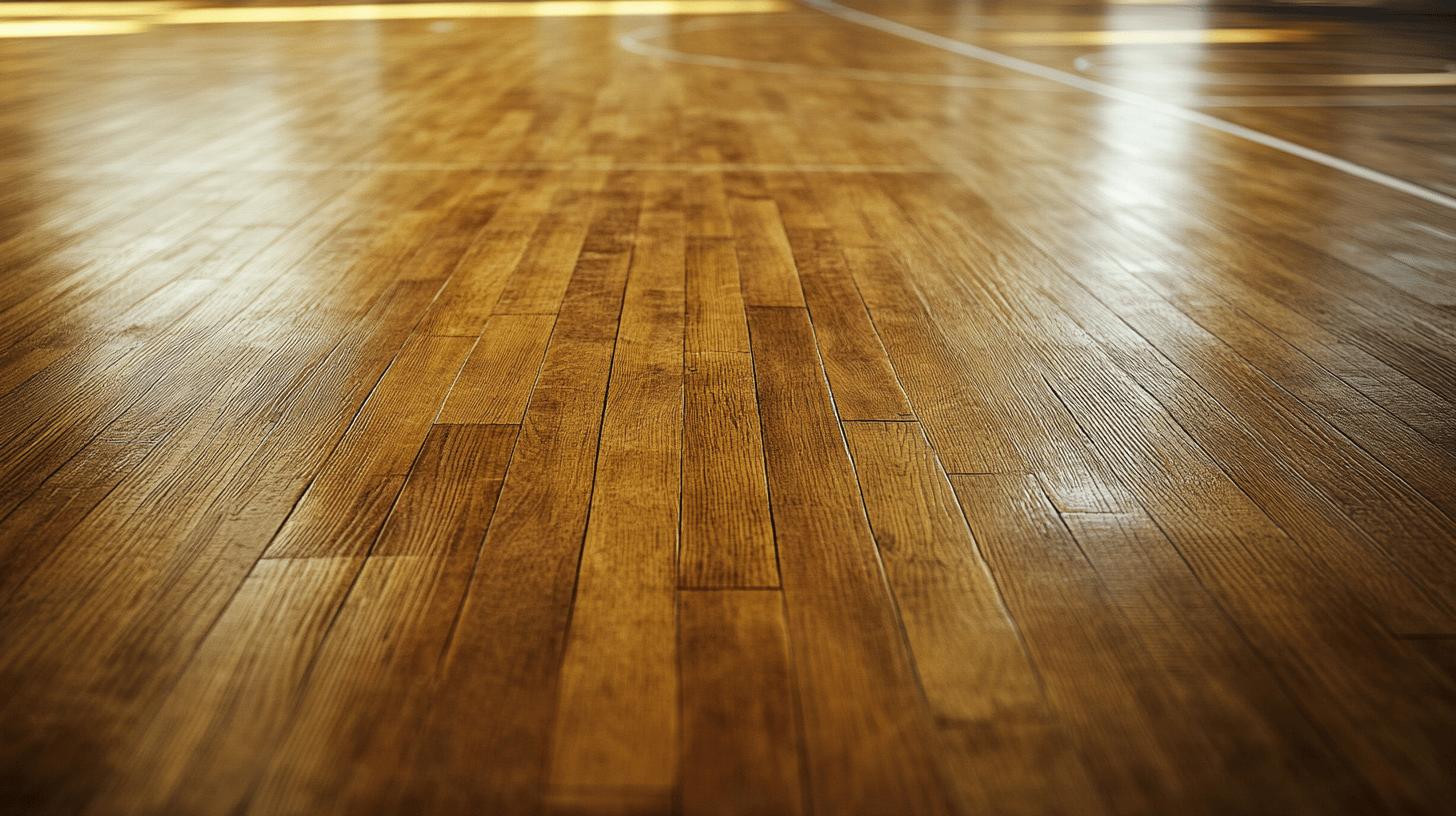
Shock absorption is a critical feature of high-quality sports flooring, playing a pivotal role in athlete safety and performance. It refers to the floor’s ability to absorb the energy generated by impacts, such as jumping and running, which are common in sports like basketball and volleyball.
Adequate shock absorption helps to reduce stress on athletes’ joints, thereby minimising the risk of injuries. This is particularly important in environments where athletes repeatedly exert force on the floor. By providing a cushioned response, sports floors with superior shock absorption enhance comfort and support, allowing athletes to focus on their performance and improve their skills without the distraction of discomfort or the fear of injury.
Testing standards are crucial for evaluating the shock absorption capabilities of sports flooring. Standards such as ASTM F2569-07 provide a framework for assessing a floor’s response to impact compared to a concrete baseline. These tests ensure that the flooring meets the necessary criteria for athlete safety and performance enhancement.
By adhering to established testing protocols, facility managers and flooring contractors can guarantee that the installed sports floors deliver the required shock absorption level, thereby supporting athlete safety and optimal performance.
Traction and Slip Resistance for Safety
Traction plays a fundamental role in preventing injuries on sports floors, providing athletes with the necessary grip to perform dynamic movements safely. It ensures athletes can change direction swiftly, stop suddenly, and execute rapid accelerations without losing balance. Proper traction enhances performance and minimises the risk of slips and falls, which are common causes of injuries in sports environments. High-quality sports floors with optimal traction allow athletes to push their limits confidently, knowing a reliable surface supports them.
Slip resistance is critical in sports flooring, ensuring safety across various activities. The industry standard for measuring slip resistance is set by ASTM D 2047, which evaluates the surface friction of flooring materials. This standard ensures that sports floors provide adequate grip, preventing accidental slips during gameplay. By adhering to these established standards, sports facilities can ensure their flooring meets the necessary safety requirements, contributing to a secure and effective sporting environment. This is particularly vital in high-traffic areas where diverse activities are conducted.
The compatibility of sports flooring with different activities is essential for maintaining performance and safety. Different sports demand varying levels of traction and slip resistance; for instance, basketball courts require higher traction for quick movements, while areas used for dance or aerobics might benefit from moderate slip resistance to facilitate smoother transitions. Selecting the right flooring type tailored to specific activities ensures athletes can perform optimally and safely, maintaining the integrity and versatility of the sports facility.
Maintenance Requirements and Cost-Effectiveness
Regular maintenance is critical for preserving the integrity and functionality of sports flooring. Why is regular maintenance essential? It extends the floor’s lifespan and maintains its performance and safety standards. Routine maintenance ensures that the flooring remains slip-resistant and visually appealing by preventing the accumulation of dirt and debris. This proactive approach not only safeguards athlete safety but also optimises the floor’s performance characteristics, such as traction and ball response.
- Regular sweeping
- Dry mopping
- Periodic deep cleaning
- Inspection for damage
- Investing in efficient cleaning equipment
Implementing a structured maintenance schedule is vital for cost-effectiveness. Durable materials, like polyurethane, significantly reduce long-term maintenance costs due to their resistance to wear and tear. Polyurethane floors are less susceptible to moisture and staining, which minimises the need for frequent repairs or replacements. Additionally, investing in advanced cleaning equipment, such as a Reflex scrubber drier, can streamline the cleaning process, saving both time and resources. By choosing cost-effective materials and efficient maintenance practices, facility managers can ensure their sports flooring remains in optimal condition, providing a safe and high-performing environment for athletes.
Installation Technology and Professional Endorsements
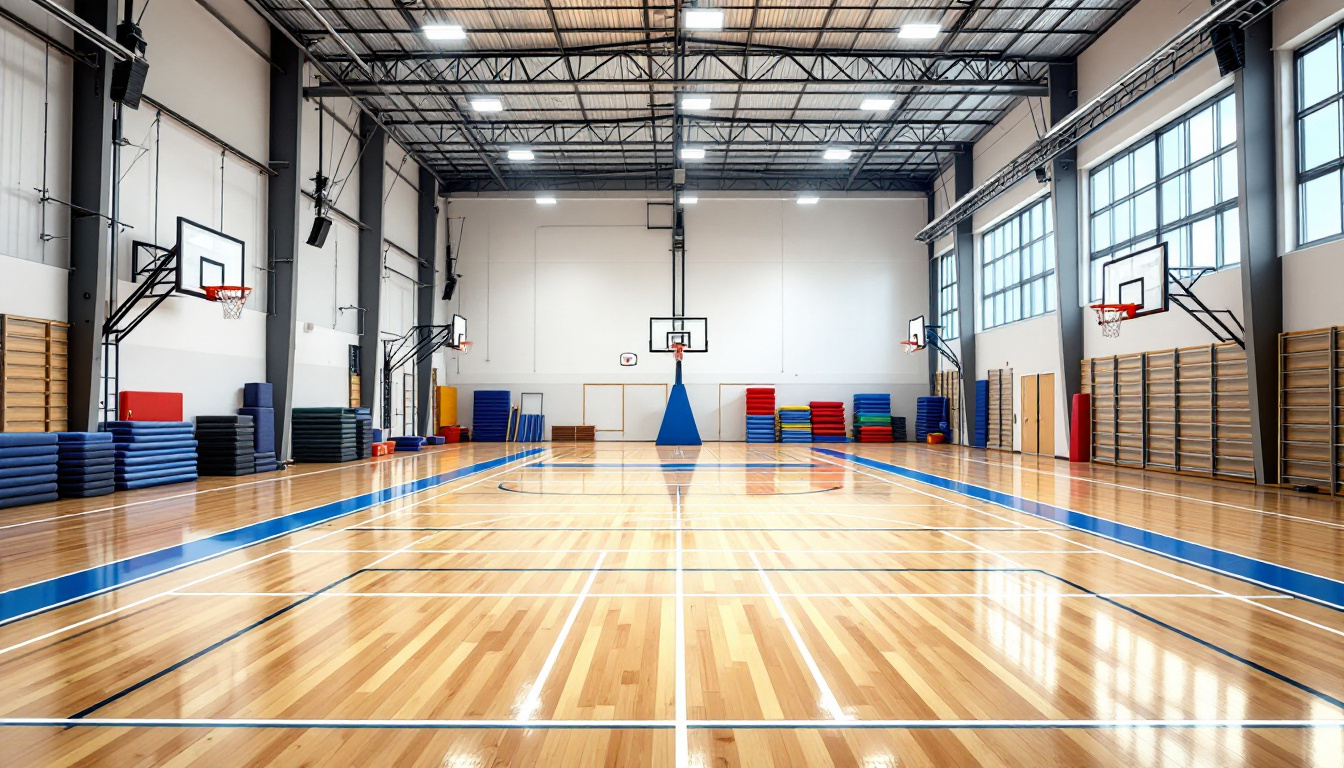
The installation process is a critical aspect of achieving a high-quality sports floor. Professional installation ensures that the flooring system complies with the necessary quality and safety standards. Skilled installers have the expertise to manage the complexities of sports flooring installations, ensuring a precise and seamless finish. This precision enhances the floor’s visual appeal and functional attributes, such as consistent shock absorption and traction. Moreover, a professionally installed floor is more likely to meet the rigorous demands of high-performance sports, thus contributing to the longevity and durability of the flooring system.
- Ensures quality standards
- Enhances safety
- Increases floor longevity
- Improves overall performance
Professional endorsements play a significant role in selecting installation technologies and materials. Endorsements from respected athletes and sports organisations provide valuable insights into the performance and reliability of various flooring systems. These endorsements can guide facility managers in choosing the most suitable materials and technologies that align with the latest trends and innovations in sports flooring. By considering professional recommendations, facilities can ensure they are investing in flooring solutions that are trusted and proven in competitive sports environments, ultimately enhancing the venue’s performance and reputation.
Final Words
Achieving an optimal sports experience starts with understanding what makes a high-quality sports floor. Essential features such as durability, comfort, and safety significantly impact athletes’ performance and injury prevention. Selecting appropriate materials, whether wood for its versatility or synthetic for durability, directly influences maintenance and performance outcomes. Shock absorption, slip resistance, and traction also ensure user safety during play.
Regular maintenance of these floors not only promotes cost-effectiveness but also extends their lifespan. Finally, professional installation alongside expert endorsements guarantees the highest standards are met. A well-considered sports flooring choice supports performance and safety, creating the best environment for any indoor sports facility.
FAQ
What makes a good floor?
A good floor is defined by durability, comfort, and safety qualities. These features ensure that the floor withstands regular use, provides a comfortable surface for users, and minimises injury risks.
What is the best flooring for a sports hall?
The best flooring for a sports hall combines durability, slip resistance, and ease of maintenance. Vinyl and polyurethane are popular due to their robust wear characteristics and low upkeep requirements.
What material is best for a gym floor?
Materials like polyurethane offer excellent durability and minimal maintenance, making them ideal for gym floors. They accommodate heavy foot traffic while providing support and slip resistance for various gym activities.
What is the best surface for a gym floor?
The most effective gym floor surface offers a balance between shock absorption, slip resistance, and comfort. Polyurethane surfaces satisfy these requirements, supporting complex activities while safeguarding users from injuries.
